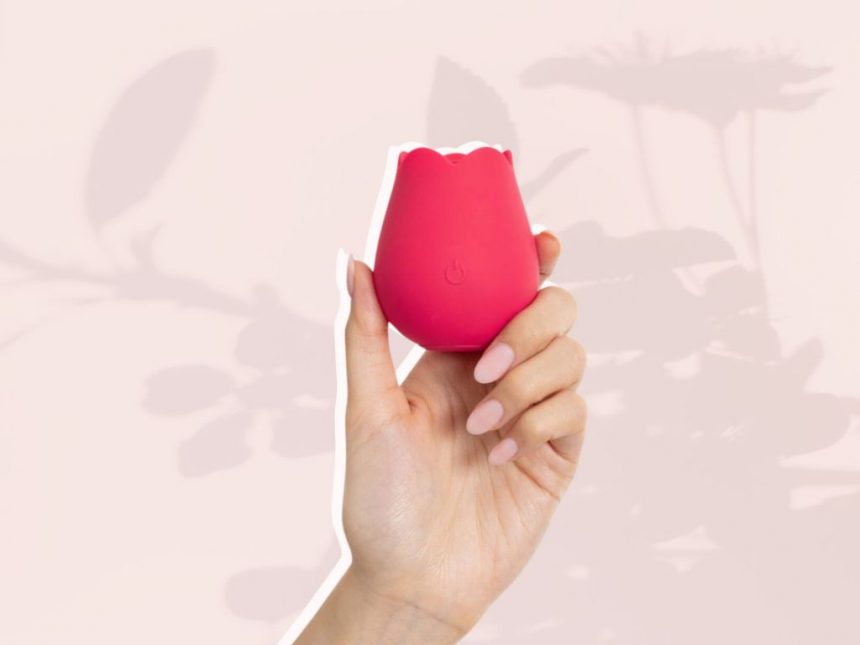Sex education in the United States has often been inconsistent, incomplete, and even inaccurate, leading many to rely on pop culture for information. While portrayals of sex in media today are more realistic and inclusive, they have not always been this way.
For example, the common trope of women faking orgasms in TV shows and movies from the 80s, 90s, and early 2000s perpetuated the idea that women’s pleasure was not a priority and that sex was over once a man had an orgasm. This led to what is now known as the “orgasm gap,” where men are more likely to reach orgasm during sex than women.
This gap is rooted in a patriarchal society that prioritizes men’s pleasure over women’s and a lack of basic education on female anatomy. Many women feel embarrassed to talk to their doctor about sex and sexual wellness, leading to a lack of understanding of their own bodies.
The belief that penetration alone should lead to orgasm is a myth perpetuated by mainstream media. In reality, most women need clitoral stimulation to reach orgasm during intercourse. Sexual wellness tools can help women explore their preferences and communicate them to their partners.
Closing the orgasm gap requires education, communication with partners, and prioritizing self-pleasure. Using sexual wellness tools, educating partners on what works for you, and clearing your mind of stress can all contribute to a more satisfying sexual experience. While there is still work to be done, the increasing acceptance and use of sexual wellness tools are positive steps towards closing the gap and promoting sexual pleasure for all.






